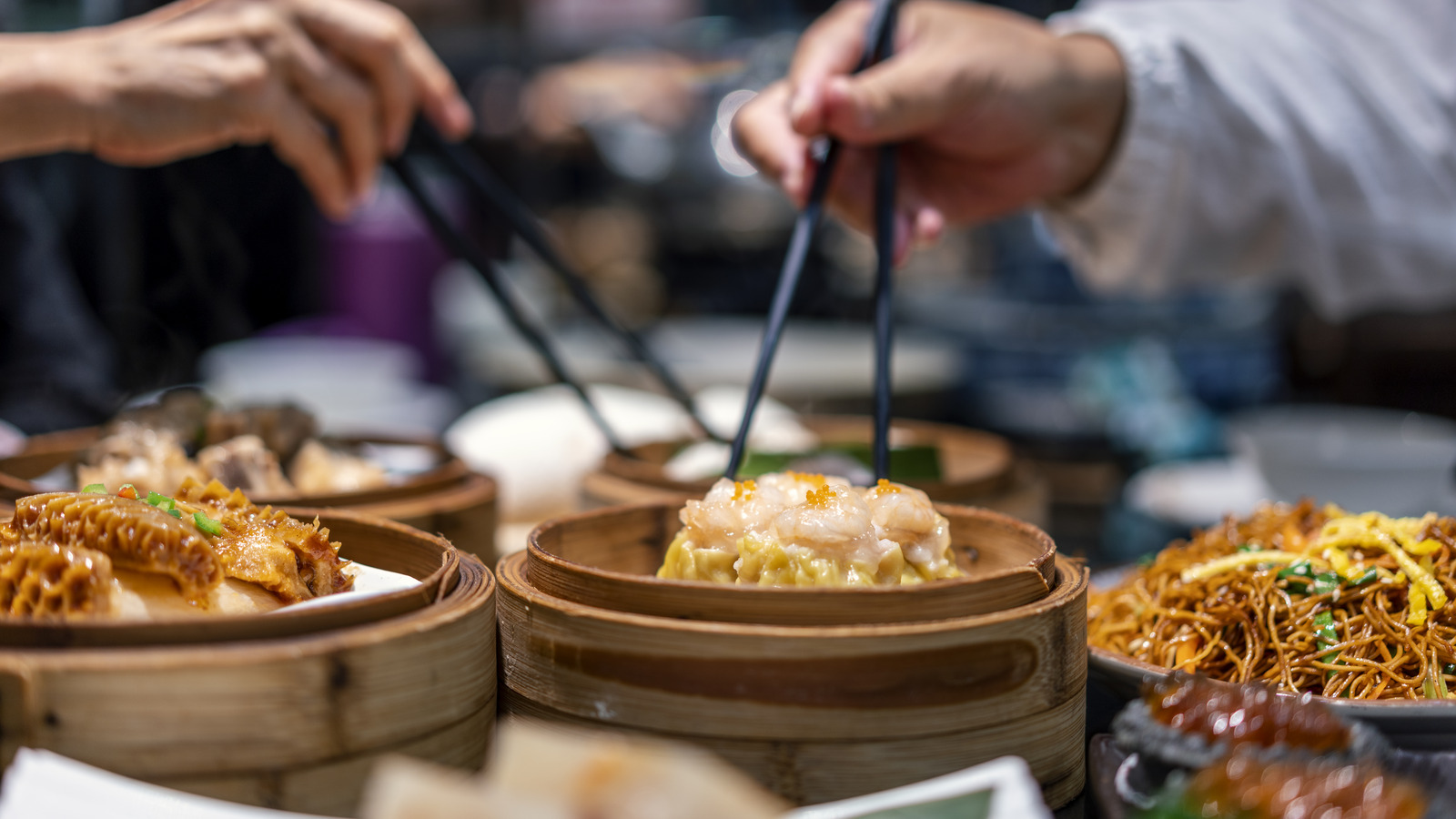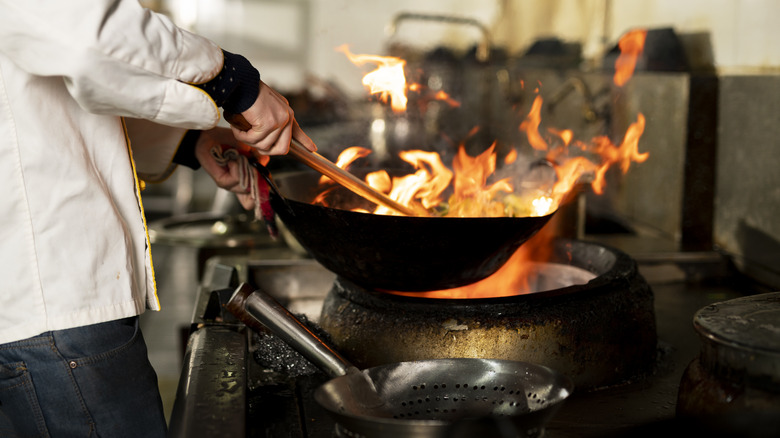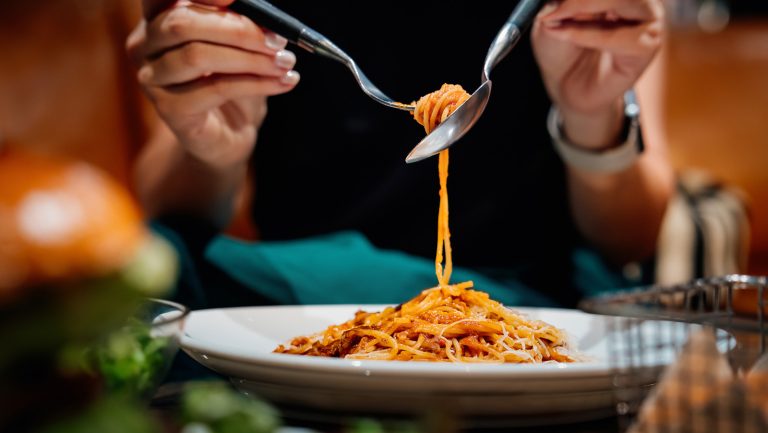One of the best parts of going out to eat is getting to indulge in different cultural cuisines, especially ones you don’t often cook yourself. However, dining out does come with certain behavioral expectations, and it’s important to keep in mind that restaurant etiquette varies around the world. You’re probably used to considering things like correct utensil usage and tipping norms, but one oft-overlooked aspect of restaurant etiquette is knowing when and how it’s appropriate to ask for modifications to your food.
That question can get especially tricky when considering fine dining restaurants, or ones that specialize in cuisines that you’re less familiar with. While Chinese food is hugely popular throughout the U.S. (and has been since the 1910s, when the country’s oldest continuously operating Chinese restaurant first opened in Montana), there isn’t necessarily a widespread understanding of Chinese ingredients and techniques among Americans. After all, many still believe in false, xenophobic myths about the dangers of MSG, despite it being perfectly safe to eat.
With that in mind, Chowhound consulted Chinese-American chef, restaurateur, and former “Top Chef” contestant Shirley Chung for her insight on the use of modifications or substitutions at Chinese restaurants. Chung’s rule of thumb? “It’s okay to ask for small modifications or substitutions if you have allergies towards some ingredients,” she says. “It’s not okay to ask for so many modifications that you are creating a whole new dish.”
The ins and outs of order substitutions at Chinese restaurants
According to chef Shirley Chung, the biggest point to consider when requesting a substitution at a Chinese restaurant is whether your dish includes pre-prepped components. “Most Chinese dishes are cooked from fresh ingredients when the order comes in, so if there are modifications that need to be made, it’s easy to substitute one or two things,” she says, especially if there are allergies involved. “But if the dish is already prepped, like braised pork belly, or folded dumplings, no modifications can be made.” The general rule, she adds, “is it’s easier to remove ingredients from a dish — try not to add.”
The most common modification people request, she says, is switching the protein in a dish from meat to tofu or another vegetarian option. “This modification works the best with stir-fried dishes, where all ingredients are raw before the order comes in,” she says. Chinese food is often best enjoyed family-style, so modifications like this may be necessary to accommodate everyone’s dietary restrictions.
Much more difficult to modify is any kind of saucy element. “It will be hard to leave out ingredients in a sauce,” Chung says. “You can ask for a gluten-free soy sauce substitute sometimes, if the restaurant offers them, but it is the hardest to change a sauce. I would not ask for that,” she advises. Don’t ask for the sauce on the side, either. “The sauces often hold the dishes together,” Chung says, so “cooking the ingredients in the sauce is a crucial part of the dish.”






